July 5, 2023 Ralexos 13 minutes read

Overview of Smart Technologies at Home
In the era of smart technologies, traditional homes often lack efficiency, convenience, and security. However, embracing smart technologies at home provides the solution to these challenges. Overall, by integrating devices like smart plugs, thermostats, and security systems, homeowners can remotely control appliances, optimize energy usage, and enhance home security, as demonstrated by the increasing number of smart homes worldwide.
The Concept of Smart Home Technologies
Smart home technologies involve a network of devices, appliances, and systems that can communicate with each other and can be controlled remotely using a smartphone or tablet. These devices are equipped with sensors, processors, and wireless connectivity that enable them to collect and exchange data. This data can be used to automate tasks, monitor the home environment, and optimize energy consumption.
At first, the concept of smart home technologies is not new. It has been around for several decades, but it has gained popularity in recent years due to advancements in technology and the increasing demand for convenience and energy efficiency. Smart home technologies can be used to control lighting, heating, ventilation, air conditioning, security systems, and entertainment devices.
Smart home technologies can be categorized into three main types: standalone devices, smart hubs, and integrated systems. Standalone devices are single-purpose devices that can be controlled remotely, such as smart thermostats or smart lights. Smart hubs are central devices that can control multiple smart devices and can be controlled using a single app, such as Amazon Echo or Google Home. Integrated systems are comprehensive systems that can control multiple devices and systems, such as home automation systems or energy management systems.
In addition, The benefits of smart home technologies include increased convenience, improved energy efficiency, enhanced security, and improved quality of life. Smart home technologies can reduce energy consumption by automatically adjusting lighting and temperature settings based on occupancy and time of day. They can also improve security by providing remote access to security cameras and door locks. Additionally, smart home technologies can provide peace of mind by alerting homeowners of potential hazards, such as water leaks or smoke alarms.
Overall, smart home technologies have the potential to transform the way we live and interact with our homes. With the increasing availability and affordability of smart devices, it is becoming easier for homeowners to adopt these technologies and enjoy the benefits they offer.
Types of Smart Home Technologies
In this section, we will discuss some of the most popular types of smart home technologies that are currently available in the market. These technologies can help make your home more comfortable, convenient, and safe.
Smart Lighting
Smart lighting systems are one of the most popular types of smart home technologies. They allow you to control the lighting in your home using your smartphone, voice commands, or a centralized hub. With smart lighting, you can set the mood for any occasion, save energy, and even improve your sleep quality.
Some popular smart lighting systems include Philips Hue, LIFX, and Nanoleaf. These systems offer a range of features such as color-changing bulbs, dimming options, and scheduling capabilities.
for instance:
NANOLEAF

pros
- Nanoleaf panels are known for their unique and eye-catching designs
- They consume less power compared to traditional lighting options, helping you save on electricity bills
- can be used in a variety of settings, including residential homes, offices, retail spaces, and more
cons
- The panels are made of lightweight materials, which can make them fragile and susceptible to damage if mishandled
Smart Security Systems
Smart security systems are another popular type of smart home technology. They allow you to monitor your home from anywhere in the world using your smartphone or computer. With smart security systems, you can keep an eye on your home, receive alerts when someone enters or exits your property, and even control your locks and cameras remotely.
Some popular smart security systems include Nest, Ring, and SimpliSafe. These systems offer a range of features such as motion detection, facial recognition, and night vision.
for instance:
SimpliSafe

pros
- you can set up the system yourself without the need for professional assistance
- The components are wireless and come with adhesive backing, making the installation process simple and convenient.
- SimpliSafe offers a range of security components and accessories that you can choose from to customize your system
- The SimpliSafe mobile app provides you with remote access and control over your security system
- SimpliSafe offers professional monitoring services, where trained security professionals are available around the clock to monitor your home for potential security threats
cons
- While SimpliSafe integrates with certain smart home platforms like Amazon Alexa and Google Assistant, its compatibility with other devices and systems may be limited
- While professional monitoring is available as an option, it does come with a monthly fee
- While SimpliSafe offers a variety of equipment options, the upfront costs of purchasing the components can add up
Smart Appliances
Smart appliances are becoming more popular as people look for ways to make their homes more efficient. These appliances can be controlled using your smartphone or voice commands, and they offer a range of features such as energy-saving modes, scheduling options, and remote control.
Some popular smart appliances include smart refrigerators, ovens, and washing machines. These appliances can help you save time and energy while making your home more convenient.
for instance:
Smart Refrigerator
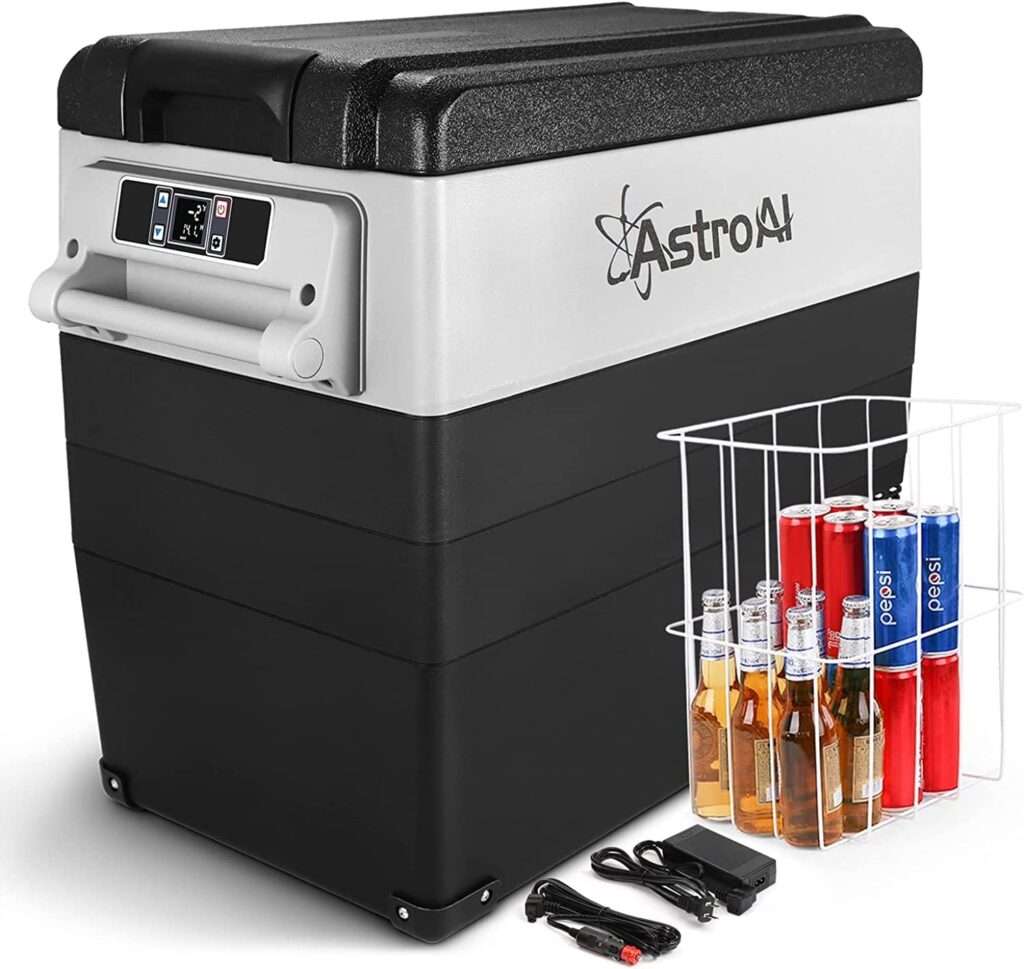
pros
- Smart refrigerators offer connectivity features that allow you to control and monitor your fridge remotely.
- Smart refrigerators often come equipped with energy-saving features such as smart sensors and temperature management systems.
- With smart refrigerators, you can keep track of your food inventory and expiration dates.
cons
- Smart refrigerators often have complex features and settings that may require some time and effort to fully understand and utilize
- Smart refrigerators tend to be more expensive compared to traditional refrigerators.
Smart Thermostats
Smart thermostats are another popular type of smart home technology. They allow you to control the temperature in your home using your smartphone or voice commands. With smart thermostats, you can save money on your energy bills by setting schedules and adjusting the temperature based on your preferences.
Some popular smart thermostats include Nest, Ecobee, and Honeywell. These thermostats offer a range of features such as learning capabilities, geofencing, and remote control.
for instance:
Ecobee

pros
- They use advanced sensors and algorithms to learn your home’s heating and cooling patterns, allowing them to optimize energy usage and potentially reduce your energy bills.
- Ecobee thermostats are compatible with popular smart home platforms, such as Amazon Alexa, Google Assistant, and Apple HomeKit.
- hese sensors detect occupancy and temperature, allowing the thermostat to prioritize heating or cooling based on the rooms that are currently in use
- Ecobee provides a user-friendly mobile app that allows you to control your thermostat remotely.
- Ecobee thermostats are designed for simple installation and often come with step-by-step instructions.
cons
- Ecobee thermostats tend to have a higher upfront cost compared to traditional thermostats.
- Ecobee thermostats offer a wide range of features and settings, which may require some time and effort to fully understand and utilize
Smart Home Entertainment
Smart home entertainment systems are becoming more popular as people look for ways to enjoy their favorite movies and music in the comfort of their own homes. These systems can be controlled using your smartphone or voice commands, and they offer a range of features such as surround sound, streaming capabilities, and scheduling options.
Some popular smart home entertainment systems include Sonos, Bose, and Samsung. These systems offer a range of features such as wireless connectivity, voice control, and multi-room audio.

pros
- The Sonos Move is a portable speaker that allows you to bring your music anywhere
- Sonos is known for its high-quality audio, and the Move is no exception. It delivers rich, detailed sound with deep bass and crisp highs
- The Move can connect to your home Wi-Fi network, allowing you to stream music wirelessly from various music services such as Spotify, Apple Music, and more.
- Move features Trueplay Tuning, a technology that automatically adjusts the speaker’s sound profile based on the environment.
- The Move supports voice control through Amazon Alexa or Google Assistant.
- The Sonos Move is designed to withstand outdoor conditions
cons
- The Sonos Move is a premium speaker, which means it comes with a higher price tag compared to some other portable speakers in the market
- The battery life of the Move is good but not exceptional. It can provide around 10 hours of playback on a full charge
Making the Right Choice: How to Choose The Best Smart Technology at Home
Choosing the best smart technology for your home can be a daunting task, but there are several factors you can consider to help you make the right decision.
- Compatibility: Make sure the smart technology you choose is compatible with the devices and systems you already have in your home. For example, if you have an Amazon Echo, you may want to choose smart devices that are compatible with Alexa.
- Functionality: Consider what you want the smart technology to do for you. Do you want to control your lights, thermostat, and security system with your voice? Do you want to be able to monitor your home remotely? Make a list of the features you want and choose the smart technology that offers those features.
- Ease of use: Look for smart technology that is easy to set up and use. Some devices require a lot of technical knowledge to set up, while others are designed to be user-friendly.
- Price: Smart technology can be expensive, so consider your budget when choosing what to buy. Some devices may be more expensive than others, but they may offer more features or better quality.
- Brand reputation: Look for smart technology from reputable brands that have a good reputation for quality and customer service. Read reviews and ask for recommendations from friends and family to help you make an informed decision.
By considering these factors, you can choose the best smart technology for your home that meets your needs and fits your budget.
Final Thoughts: Making an Informed Decision
In conclusion, Making an informed decision when choosing the best smart technology for your home is crucial. By considering factors such as compatibility, functionality, ease of use, price, and brand reputation, you can narrow down your options and choose the technology that best meets your needs and fits your budget. It’s also important to do your research, read reviews, and ask for recommendations from friends and family to ensure you make an informed decision. With the right smart technology, you can enjoy the convenience, security, and energy savings that come with a smart home.

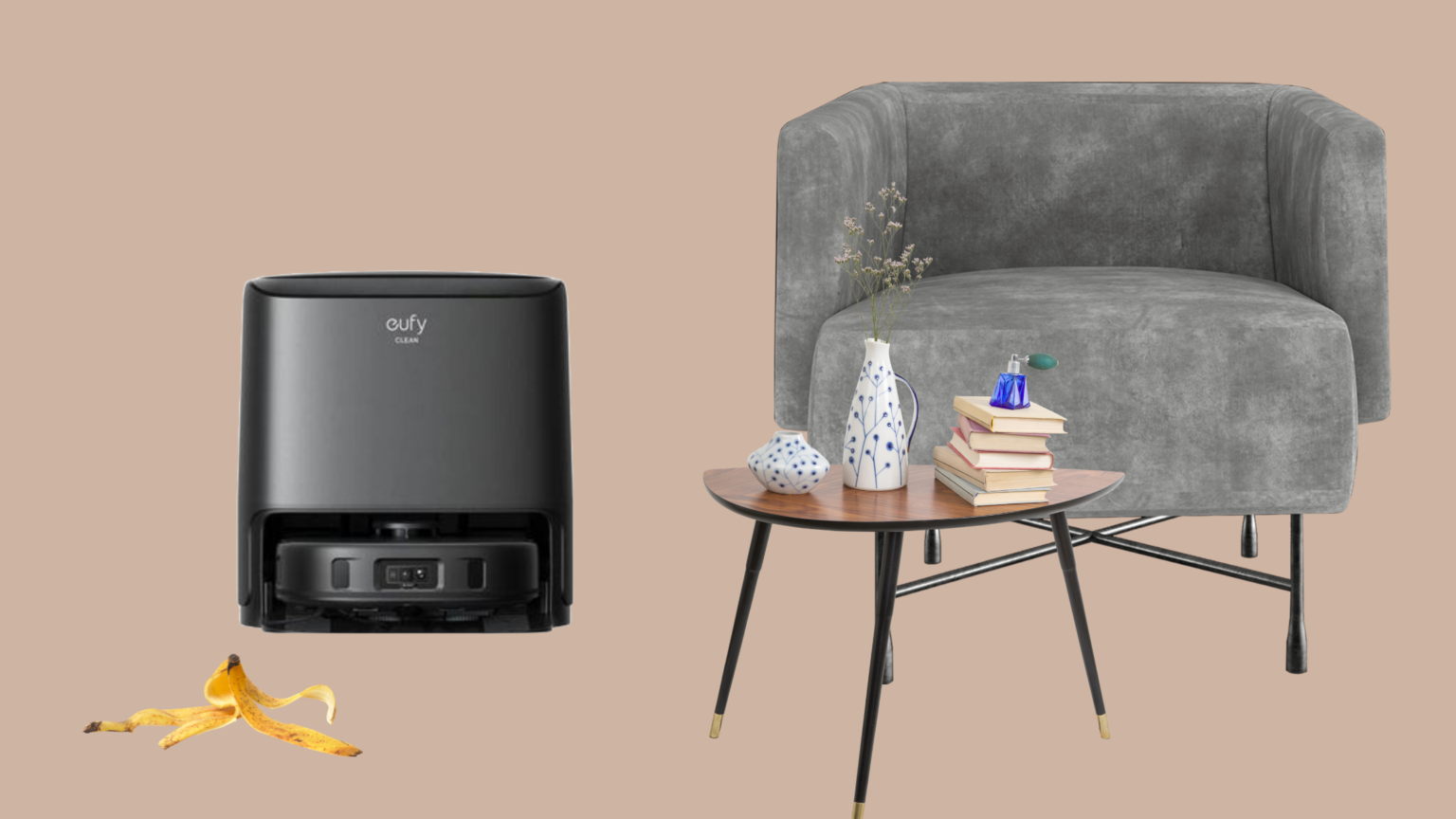
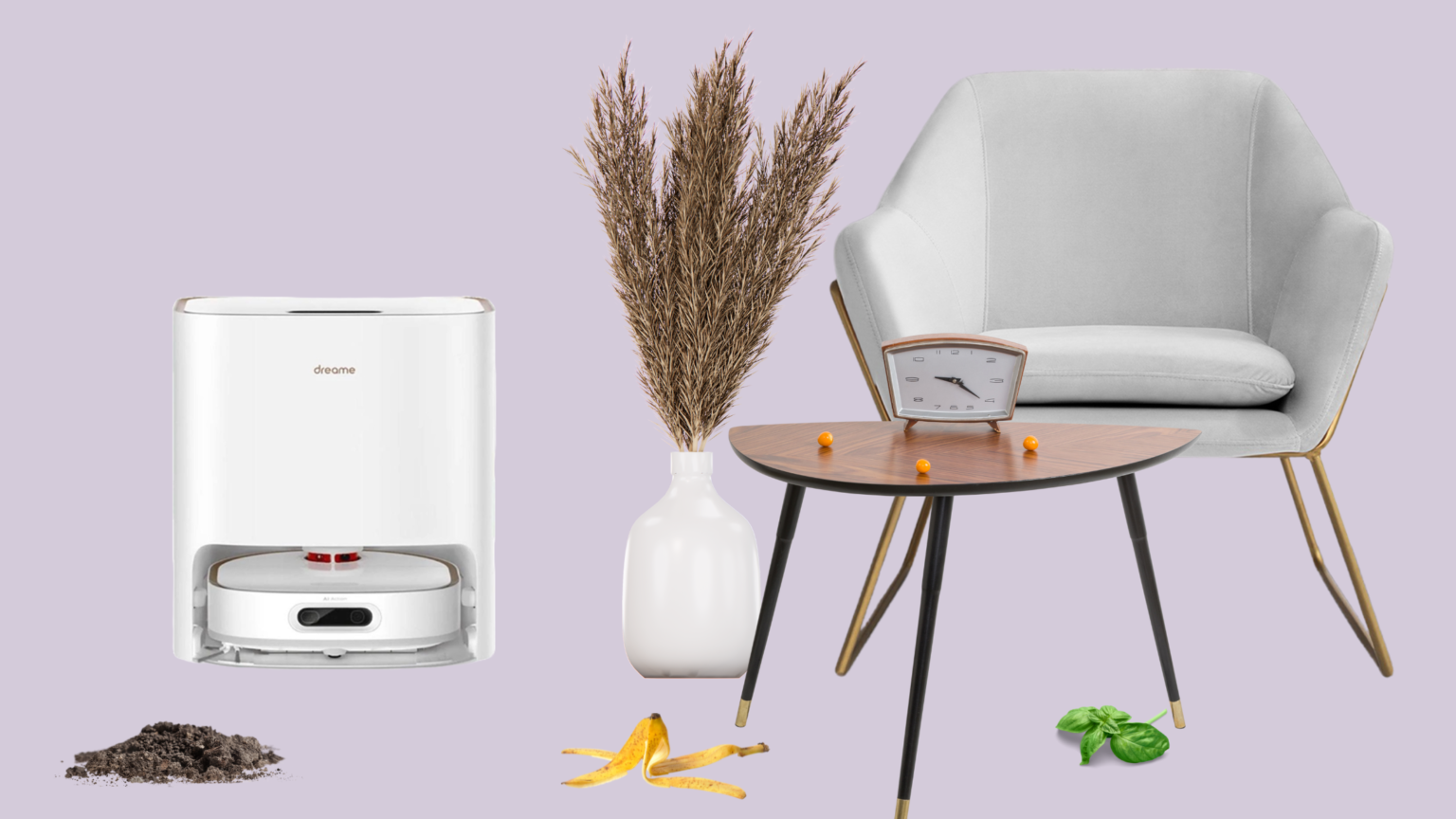


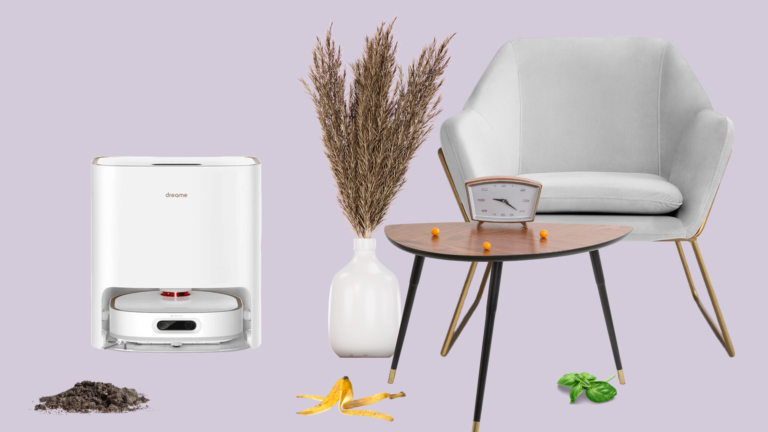
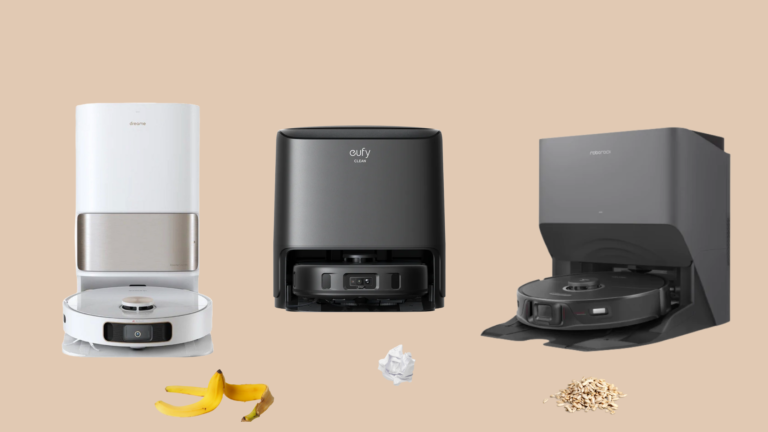
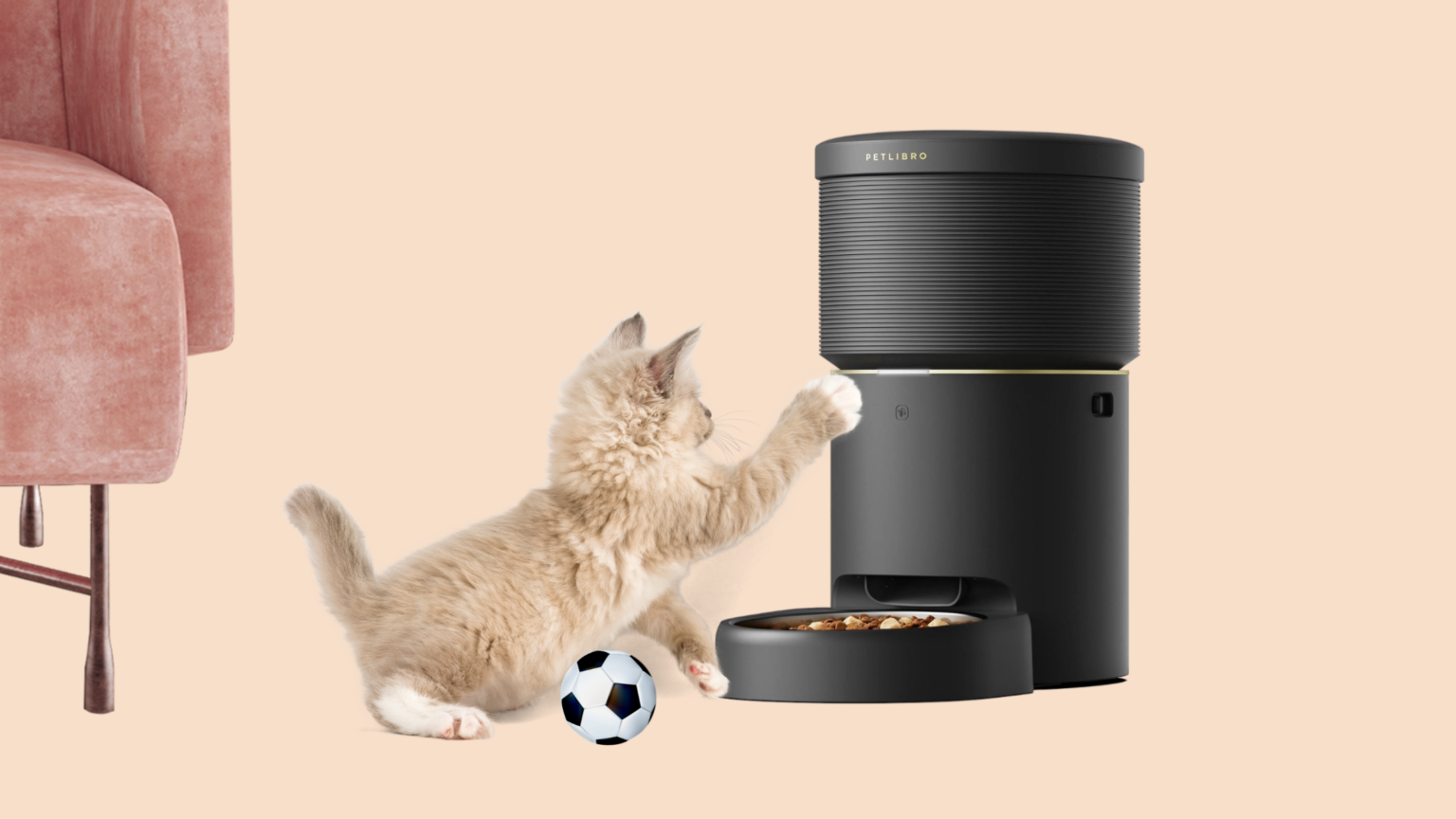


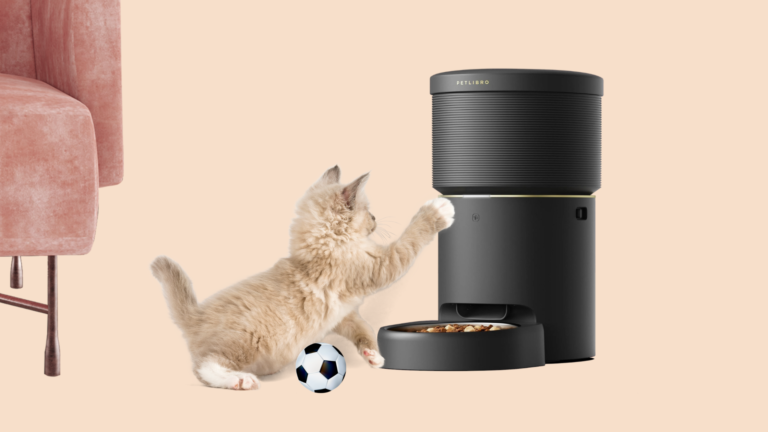

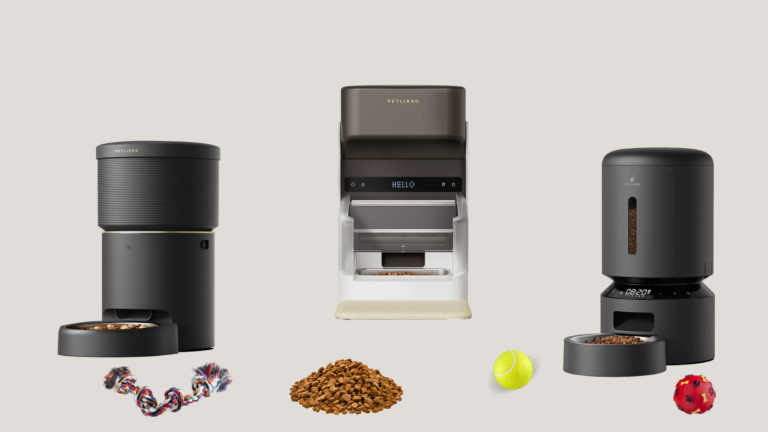
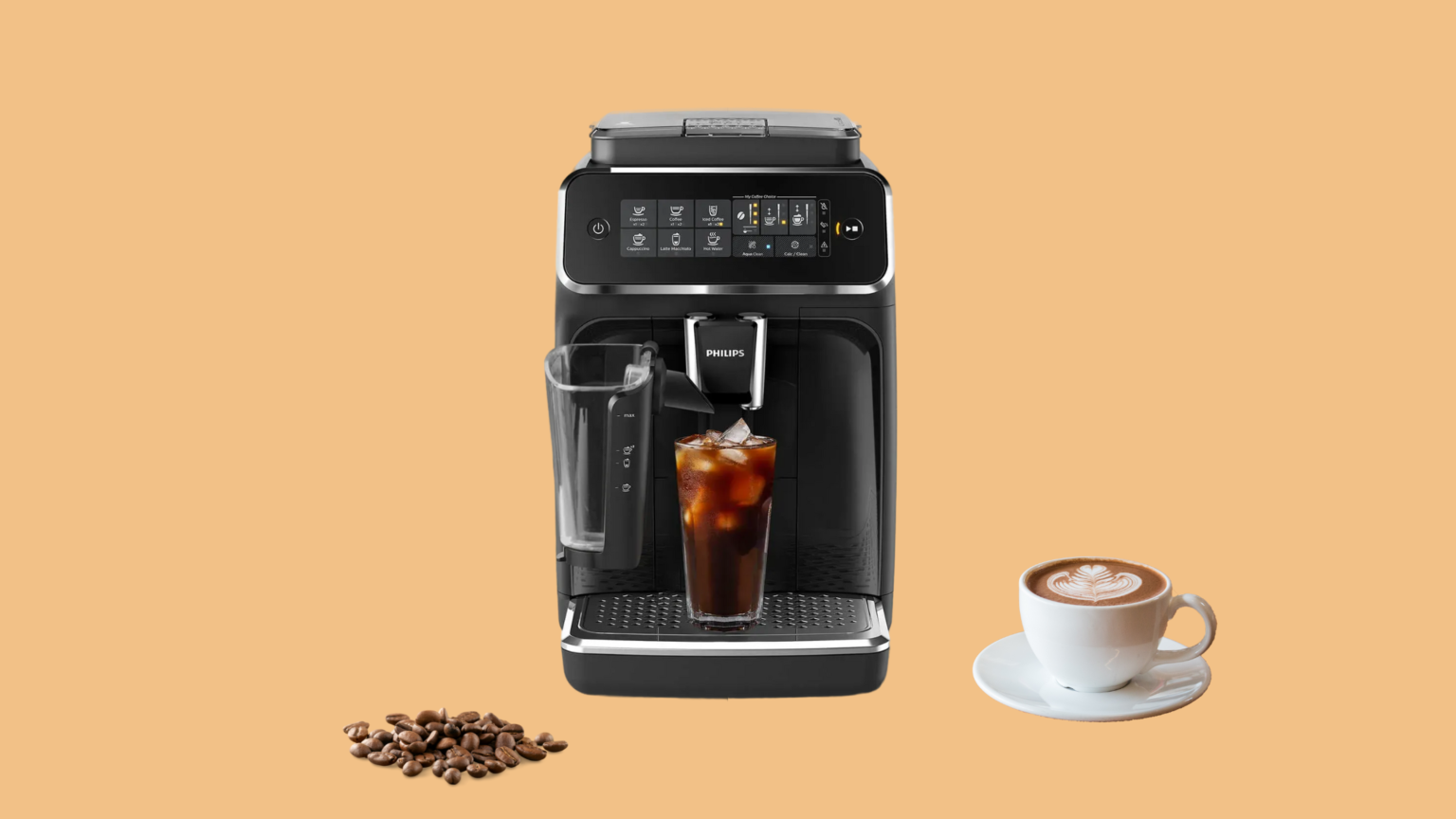
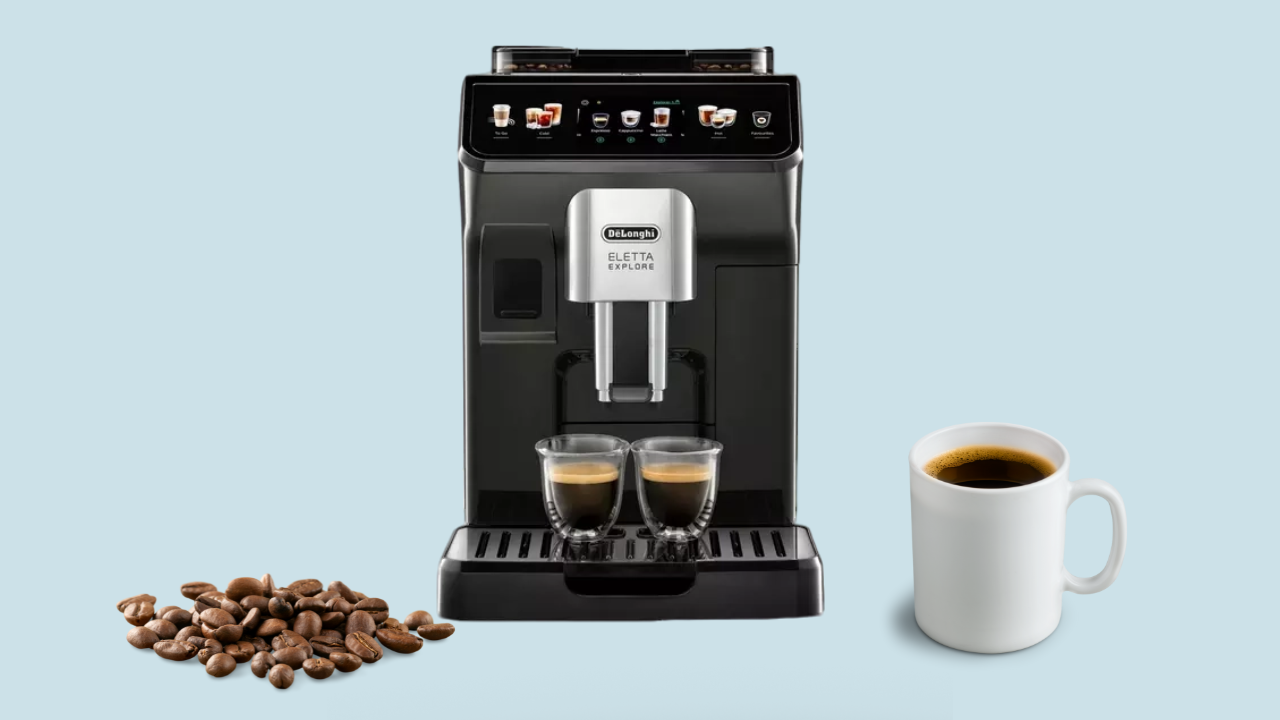

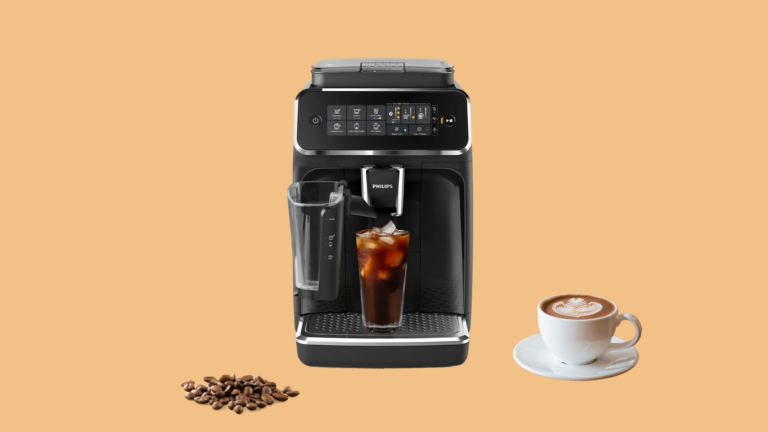
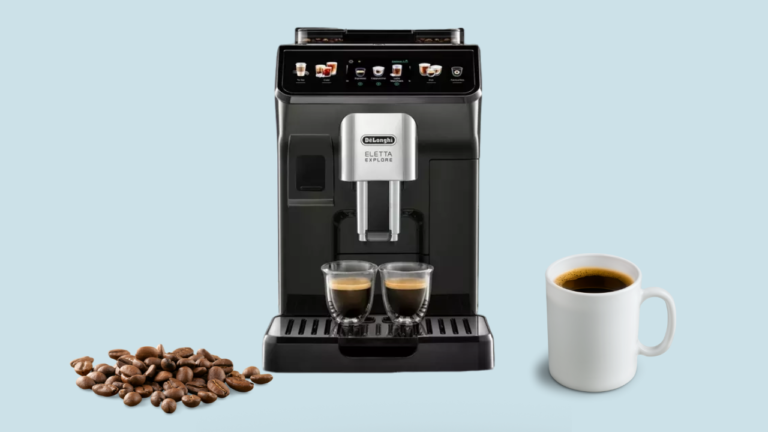

Leave a Comment